Biofouling, especially in the form of microfouling or slime, can significantly reduce vessel efficiency. Studies show that even a light layer of slime can eventually cause a fuel penalty of up to 15–20% due to increased drag.
However, performance monitoring systems don’t detect this drag right away. They only raise alerts once fuel overconsumption reaches a noticeable threshold – often around 10% or more. By that time, cleaning becomes a reactive measure, and the vessel has already been operating inefficiently for some time.
Reactive cleaning is often done on coatings that are not designed to be cleaned, like self-polishing antifoulings. While this may bring a short-term performance boost, it removes part of the paint, including its biocidal content, reducing coating thickness and antifouling effectiveness. It also damages the paint and increases surface roughness, meaning fouling will return faster. So instead of solving the problem, reactive cleaning can make it worse over time.
A more effective strategy is hull grooming: proactive cleaning of the hull at the earliest signs of slime accumulation, before performance systems detect significant overconsumption. This approach helps avoid the gradual buildup of drag and fuel penalties.
To make proactive hull management work, two things are essential:
1.) Frequent visual inspections, either by a robot operated onboard by the crew or through an in-port ROV service, to spot early-stage slime before it turns into harder fouling.
2.) Smart operational planning, by aligning grooming with existing port calls or idle periods so it can be done regularly and efficiently.
By shifting from reactive to proactive hull management, operators can reduce fuel costs, cut emissions, and extend coating lifetime. Important to remember:
Grooming only works if the coating is designed for it. Traditional self-polishing antifoulings and silicone coatings are not built for regular cleaning – they can be damaged, reducing their performance.
GIT Coatings supports this approach with biocide-free hard foul release coatings based on graphene technology, specifically designed to withstand regular grooming without degrading. This ensures sustained performance and compatibility with proactive hull management.
In short:
The right time to clean is before biofouling becomes measurable in fuel consumption. But timing alone is not enough. To make proactive hull management effective, you also need the right coating that can handle regular cleaning without losing performance.
Interested in learning more? Visit us at Nor-Shipping, Booth E02-57



